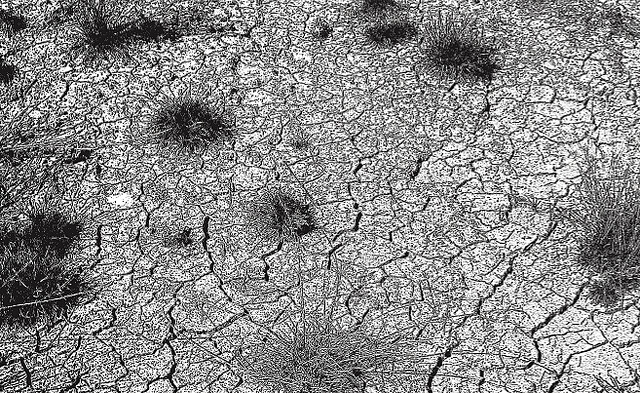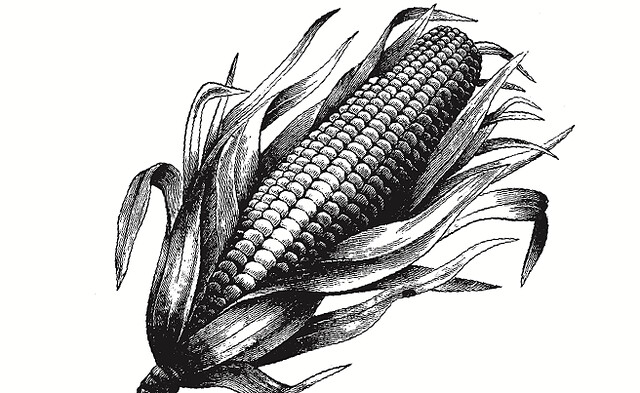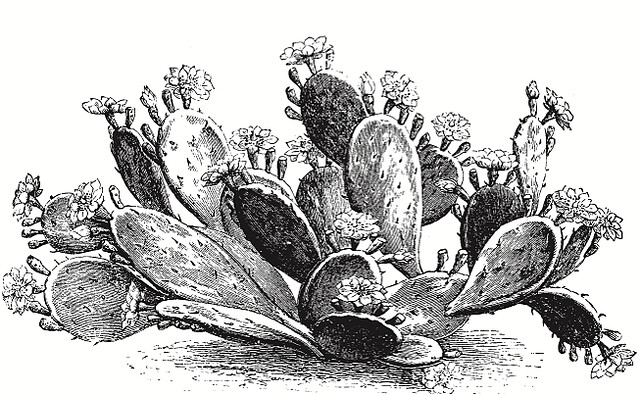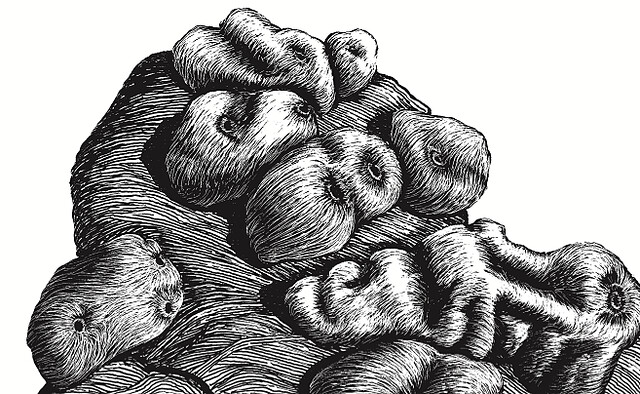O'Reilly Animals Starter Deck
2014 – (See Cards | Deck Info | Download – card backs)…
This deck includes a variety of organisms that are represented by various O’Reilly book covers and are also in various levels of endangerment. More information about the organisms and conservation work can be found at animals.oreilly.com/. The game consists of 41 different cards, encompassing a variety of organism and events.

Climate Change
Event Card
Play/Effect: Place this card on top of any SPECIES card to immediately remove. In the same action, the EVENT card then moves to an adjacent SPECIES card. A game of rock-paper-scissors determines whether this card is also discarded. Continue moving the EVENT card and removing SPECIES cards until you lose. Card can only be played once per game.

North Atlantic Right Whale
Eubalaena glacialis


8 POINTS
Play: Eubalaena glacialis has a MOVE of 2
Fact: Eubalaena glacialis feeds on Zooplankton or Krill SPECIES cards.

Lanternfish
Electrona carlsbergi


5 POINTS
Play: Electrona carlsbergi has a MOVE of 2
Fact: Electrona carlsbergi can also feed on a Zooplankton SPECIES card

Maize
Zea mays


3 POINTS
Fact: An ear of Zea mays commonly holds about 600 kernels.

Erect Prickly Pear
Opuntia stricta


2 POINTS
Fact: Opuntia stricta produces yellow flowers and purplish-red fruits.

Chicken-liver Sponge
Chondrilla nucula


3 POINTS
Fact: Chondrilla nucula is a favourite food of the Hawksbill Turtle.